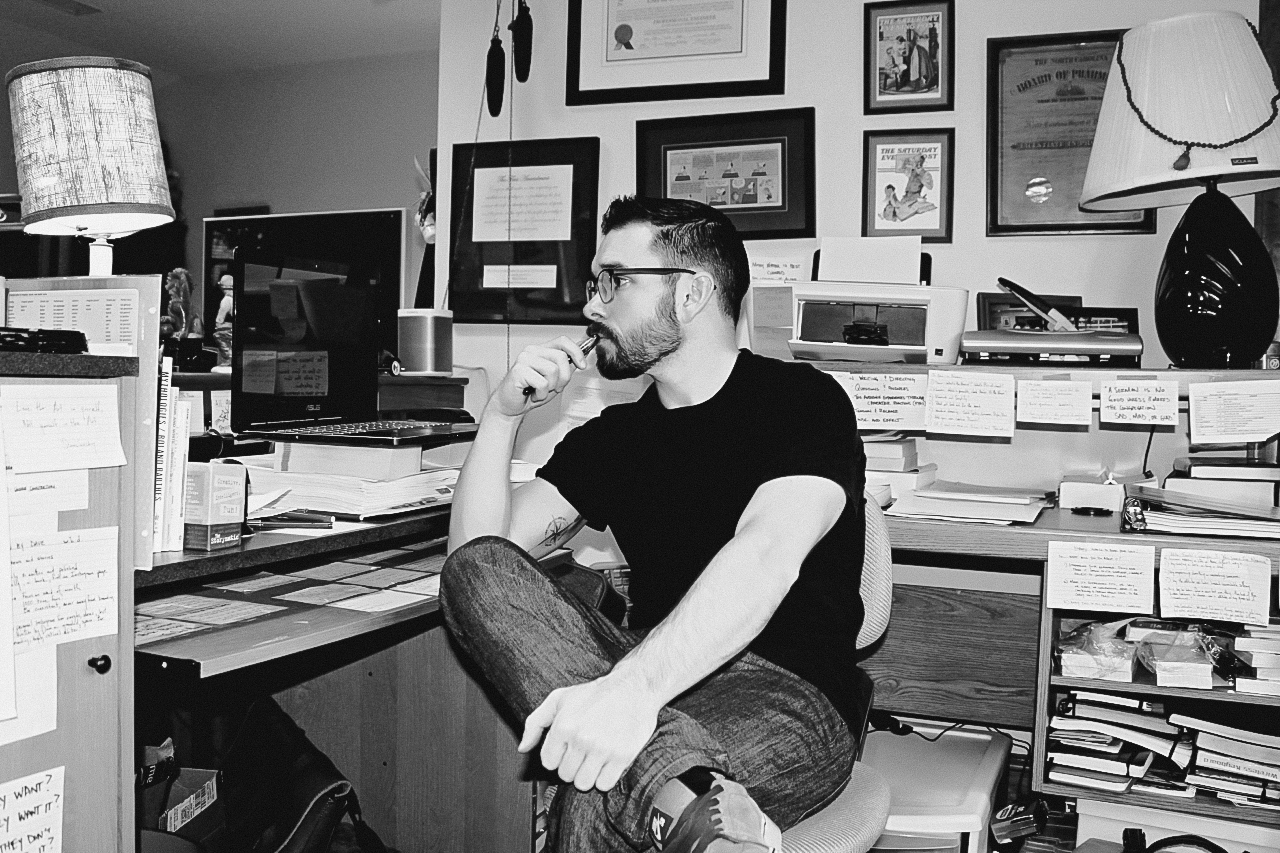
“Effective Philosophies” explores practical wisdom for Creativity, Business, and Life
Effective Philosophy of the Day
What makes the best creative teams tick? They often work like jazz ensembles – balancing precision, improvisation, and collaboration.
As I’ve worked across the media landscape on projects ranging from feature films to theater productions to YouTube videos, I’ve witnessed some teams succeed beautifully while others fell short. A striking pattern emerged: the highest-achieving creative teams operated like jazz ensembles.
In jazz, technical skill is your entry ticket – mastery of your instrument and fundamentals is essential. But what makes a performance memorable isn’t just hitting all the right notes. It’s the willingness to go off script, play off one another, and embrace the moment. The same dynamic plays out in teams across the creative landscape, from moviemaking to marketing. The best teams balance technical mastery with an improvisational spirit, blending craft with a “yes, and” mentality.
Side note: This is also where the debate about formal education in the arts gets interesting. Does everyone need to go to school? The answer is probably both yes and no (it depends). The teams I’ve worked with that achieved the highest levels included both members who learned in the classroom and those who learned “on the streets.” Formally trained team members frequently excel at technical know-how. Self-taught creators, by contrast, often excel at risk-taking and problem-solving. Together, they form teams that know “how to make the thing” and “how to get the thing made.”
Side-side note: but here’s the thing – those definitions aren’t fixed and people oftentimes don’t fit neatly into one or the other category. Through dedication and continuous learning, anyone can develop both technical precision and improvisational flair. I’ve seen formally trained professionals who improvise brilliantly under pressure and self-taught artists with refined expertise built through relentless self-study.
Of course, you also need someone to bring the team together – a conductor who intuitively understands how individual strengths combine into something greater. I witnessed this firsthand at a brass band show during Tremé Fall Fest in New Orleans this past October. The trumpet player, also the conductor, didn’t just stand there directing. He was constantly in motion, swinging solos from player to player and uniting the whole ensemble. Sometimes, he even set down his trumpet to jump on the drums or guitar.
Most importantly, he ensured every single player had their moment to shine, and gave credit where credit was due, praising in public… at one point when a young sax player finished his solo he told the crowd it was the kid’s first gig with them, then asked if he had his passport. “You’re flying to Paris with us tonight for our next gig,” he said, promoting the day player to full-time member on the spot. This type of leadership fosters trust and synergy, motivating every contributor to be ready to step up.
Like jazz ensembles, creative teams need both leaders who can play the lead, orchestrate the whole, and step back to let others take center stage and team members who can move fluidly between technical precision and creative risk-taking, who can both keep the beat or step forward for a solo when called upon. Where you find these elements together, a blending of structure with flexibility, precision with spontaneity, and leadership with collaboration, you often find extraordinary outcomes. In a world filled with cookie-cutter content, this approach to team-building might lead to something truly transcendent.
Extras
Mentors & Models
“Jazz is not just music, it’s a way of life, it’s a way of being, a way of thinking.” — Nina Simone
“In jazz, there is no such thing as a wrong note – it all depends on how you resolve it.” — Miles Davis
Rabbit Holes
Want to explore this topic further?
- “Yes, And: How Improvisation Reverses ‘No, But’ Thinking” by Kelly Leonard: Insights from The Second City on creative collaboration
- “Free Play: Improvisation in Life and Art” by Stephen Nachmanovitch: A book about the inner sources of spontaneous creation.
Today’s Exercise
Think about your current or recent creative collaborations:
- Are you playing more of a rhythm section role or a soloist role?
- How might switching between these roles – or bringing in someone with a complementary style – enhance your creative output?
Try identifying one aspect of your next project where you could intentionally mix structured and improvisational approaches. Better yet, take inspiration from that trumpet player/conductor – can you spotlight others’ strengths while still contributing your unique voice to the ensemble?
I’d love to hear about your experiences with building creative teams. Share your thoughts in the comments below! If you’d like to join me on this journey of exploring Effective Philosophies, enter your email below. I promise no spam – and if you ever want off the list, we can still be friends!
Love this approach and metaphor for collaboration. Great use of quotes too!